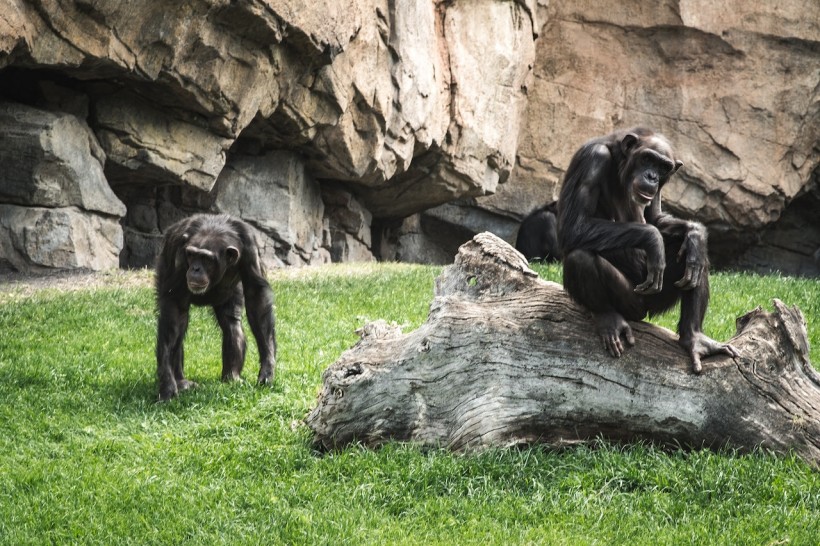While humans are known to experience adolescence or puberty, this transitional stage appears not to be exclusive to humans.
Humans Are Not the Only Ones Who Experience Puberty
Live Science reports that this specific period comprises social and physiological changes. It also follows a cascade of physiological and hormonal changes that enable creatures to mate.
Researchers argue that the majority, if not all, of animals go through a stage of adolescence. Dr. Barbara Natterson-Horowitz, an evolutionary biologist and cardiologist from Harvard University and the University of California, Los Angeles, calls such a phase "wildhood." This period may include the social shifts experienced by the young as they gradually move into adulthood.
For quite a while, puberty was thought to be a phenomenon that was unique and exclusive to humans. However, peeling further back enables individuals to find that, though there are some uniquely human aspects of puberty, the transitional period that starts during puberty's onset and ends during the emergence of adulthood is actually universal.
Animal Adolescence
According to the UCLA Center for the Developing Adolescent, key features of this period for many animal species include trial-and-error learning and new experiences. These creatures transition from being protected by their parents to navigating through the social and physical challenges of adulthood.
Live Science adds that humans' closest relatives, chimpanzees, have adolescence hallmarks that are quite easy for humans to recognize. Aaron Sandel, a primatologist and biological anthropologist from the University of Texas at Austin, explained in a study that young chimps go through a growth spurt that makes them clumsy during their adjustment to their bodies.
Simultaneously, juveniles also learn more about integrating into the world of adulthood. Rather than spending more time with their parents, they start spending more time with their peers.
During this period, young male chimpanzees are not very aggressive. Sandel explains that, in this period, creatures are attentive to what grants them status and to what being an adult entails.
Moving beyond chimps, scientists have also observed that grassland birds interestingly sleep in and mooch food from their parents. They do so for as long as they can until they navigate on their own, landscape ecologist Christine Ribic explains.
Interestingly, other researchers have also observed that during challenging times, juvenile Gentoo penguins go back to their parents to seek help. This mirrors how young adults may move back in with their parents when facing economic troubles.
Dr. Natterson-Horowitz explains that, though it is important to be mindful of one's judgments and biases against other creatures, looking into the links between humans and animals could help humanity move through the human race's novel challenges. She explains that adolescence has functional value that enables animals to live and thrive during adulthood. While they may not exactly mirror humans, there are striking similarities in experiences.
RELATED ARTICLE: Teens' Empathic Support for Friends Stem From Secure Attachments in Family
Check out more news and information on Animals in Science Times.















